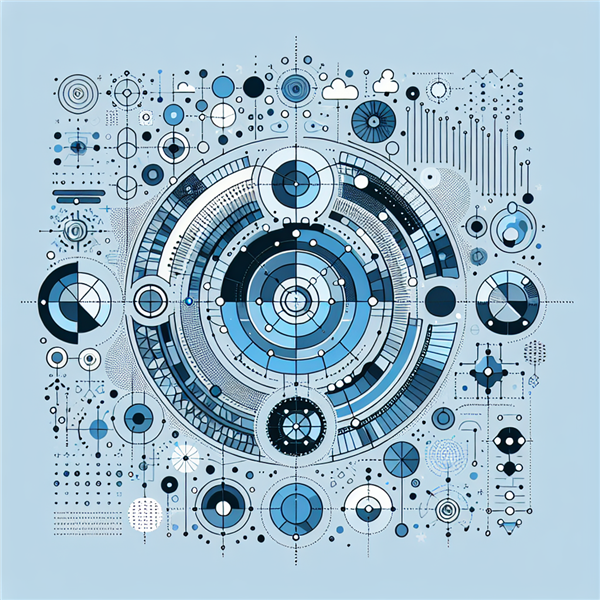
Unraveling the Essentials of Quantization in Large Language Models
In the rapidly evolving world of Artificial Intelligence (AI), Large Language Models have emerged as a critical tool for understanding and generating human language. These models are known for their extraordinary capabilities in tasks such as machine translation, question-answering, and text summarization. However, they come with their unique set of challenges, notably the difficulty in managing their computational and memory demands. This is where Quantization comes into play as a promising solution. In this blog, we will delve deeper into understanding the basics of Quantization in Large Language Models.What is Quantization?
Quantization is a process used to reduce the computational and memory demands of Large Language Models. It achieves this by constraining the possible values a model's parameters can take, thus reducing the memory required to store them and the computational power needed to manipulate them.Why is Quantization Important?
Quantization is crucial for making Large Language Models more accessible and efficient. With quantization, these models can be deployed on devices with limited computational resources, such as mobile phones or IoT devices.According to a study by OpenAI, quantization can reduce the memory footprint of a model by up to 75%, making these powerful models more accessible to developers and researchers.
How does Quantization work?
Quantization works by converting the continuous values of the model's parameters into discrete values. In the context of Large Language Models, this often involves lowering the precision of the model's weights.Types of Quantization
There are two main types of quantization:- Weight Quantization: This involves reducing the precision of the model's weights. This can significantly reduce the model's size without significantly impacting its performance.
- Activation Quantization: This involves reducing the precision of the model's activations or outputs. This can help speed up the model's computations, especially on hardware that supports low-precision computations.







COMMENT